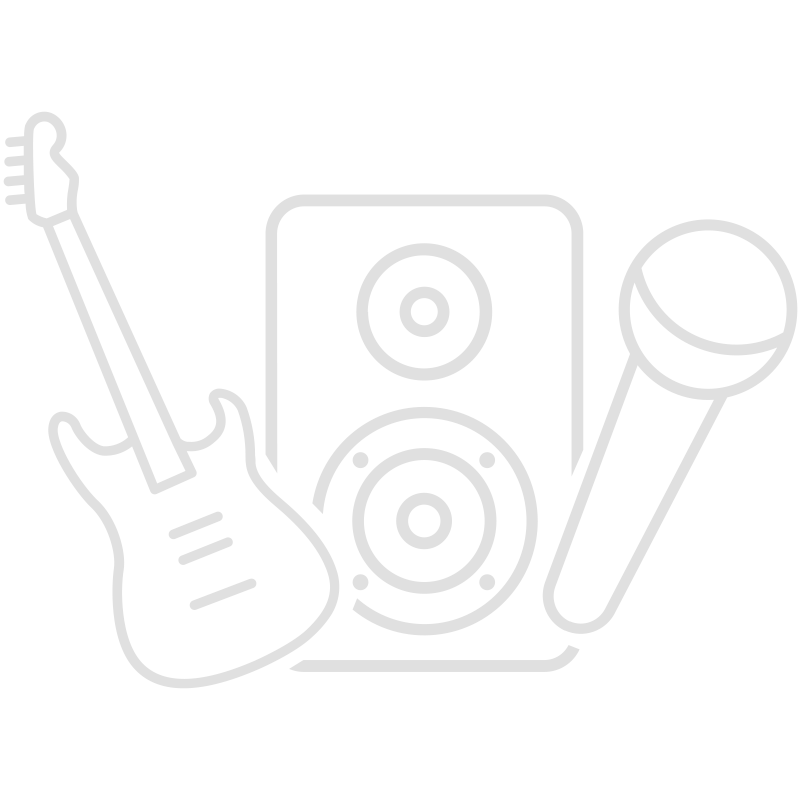

Most triple plays are also the result of line drives.Ī line drive that is hit very hard is often referred to as a "scorching" or "screaming" line drive. A caught line drive will often result in a double play as the runners have little time to react and retreat to safety as the ball is usually caught a fraction of a second after being hit. It also requires runners who have left their bases to return to them or be called out. Rare as they are, line drive home runs are usually quite spectacular, as the ball needs to be hit extremely hard and will leave the playing field as if shot from a cannon.Ī line drive which is caught is an out. While a line drive will occasionally clear the outfield fence and become a home run, it is more likely for it to land on the ground somewhere in the outfield, or to hit the fence. As a result, pitchers who give up a lot of line drives do not last very long, while hitters who hit them consistently tend to have high batting averages. It is the hardest type of batted ball to field, as it is not slowed by contact with the ground and does not allow time for a fielder to position himself under the ball. It is distinguished from a fly ball, which is hit with a high arching trajectory, and a ground ball, which is hit on the ground and either bounces or rolls towards the outfield.Ī line drive is usually the result of a batter making good contact with a pitch.

A line drive is a batted ball hit in a relatively straight line.


 0 kommentar(er)
0 kommentar(er)
